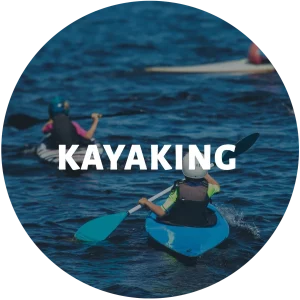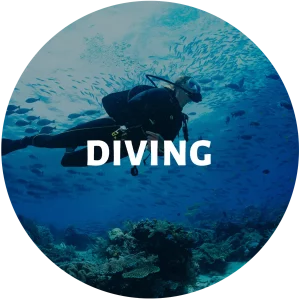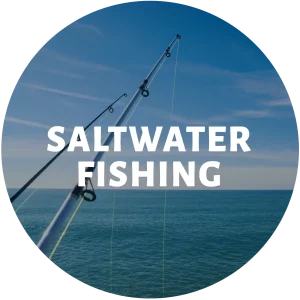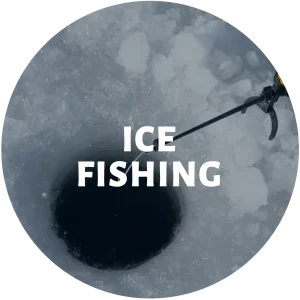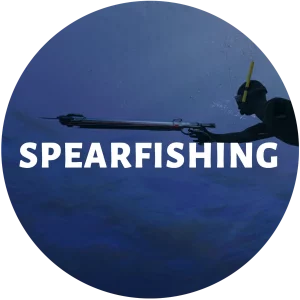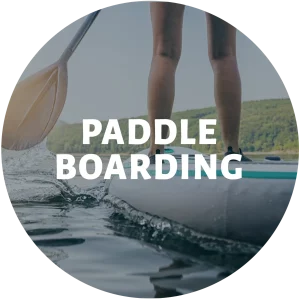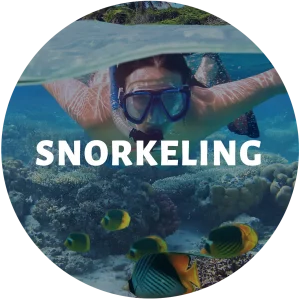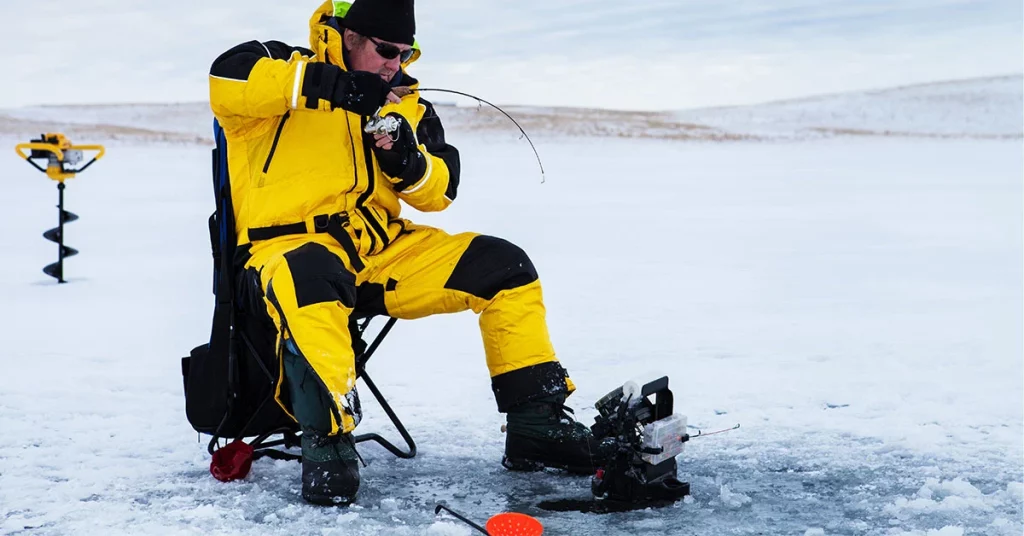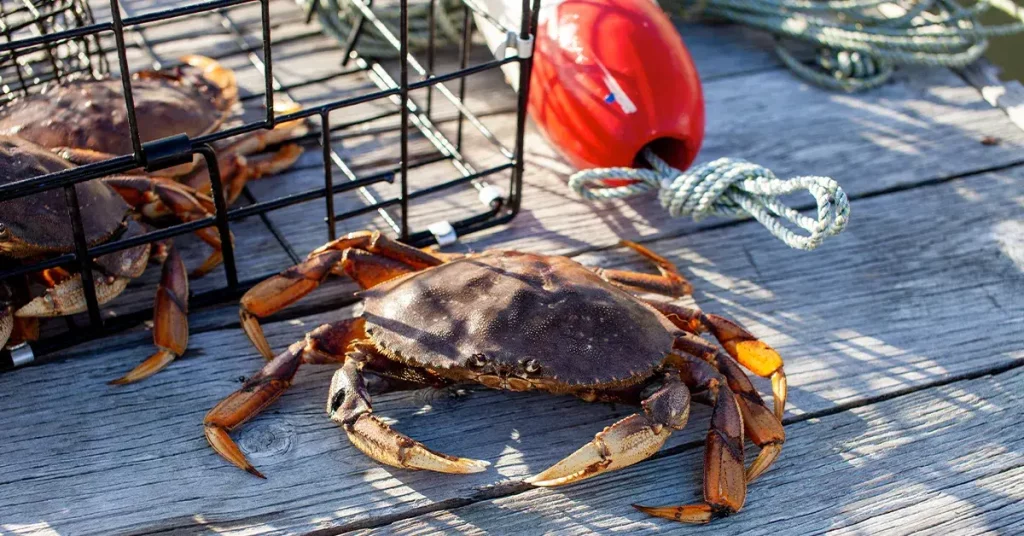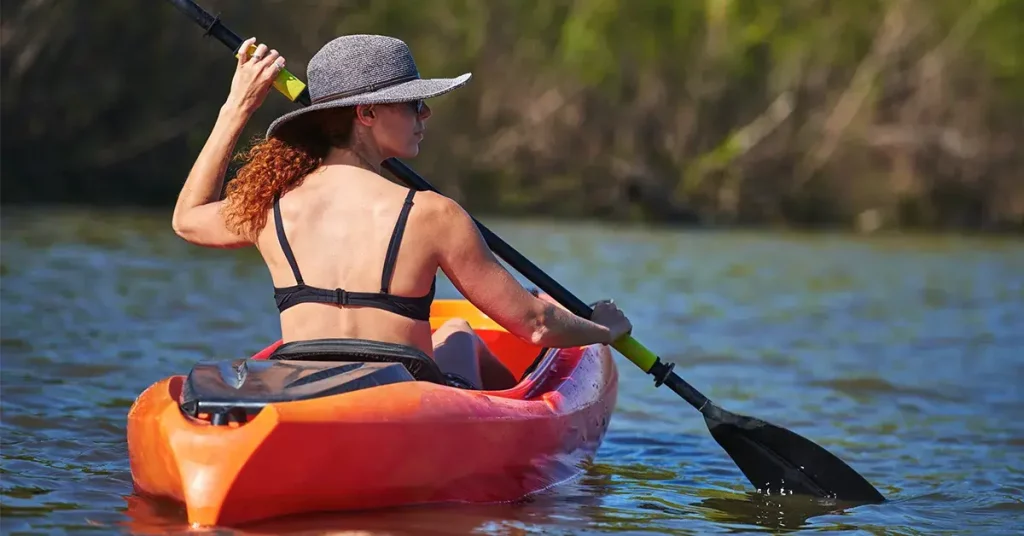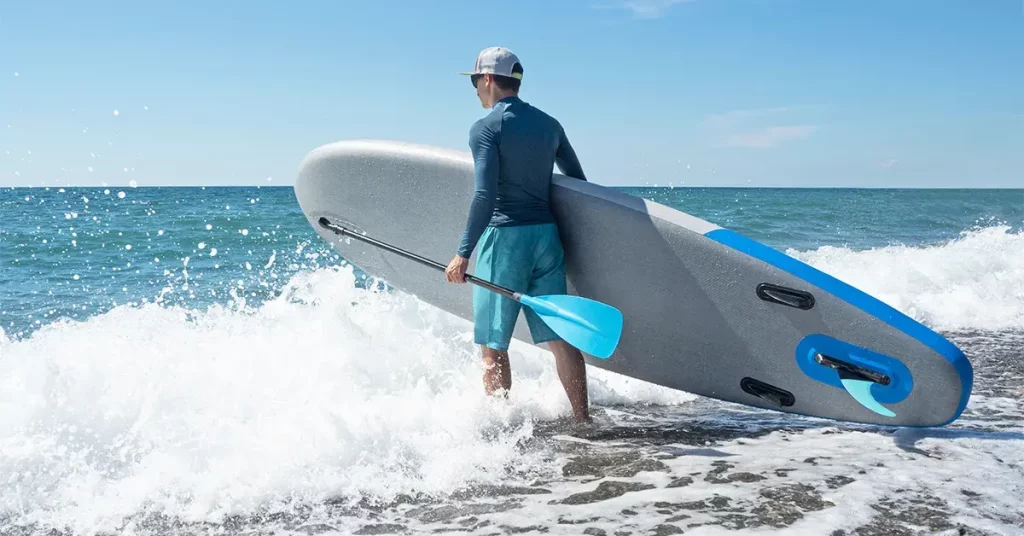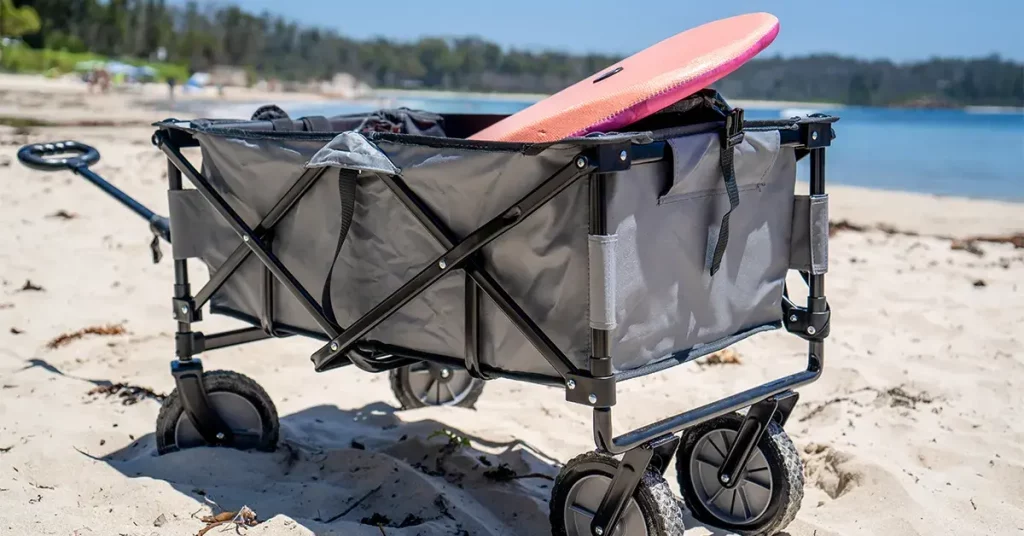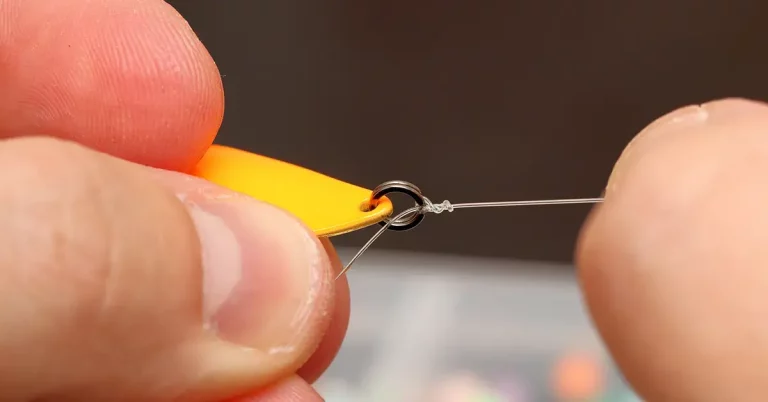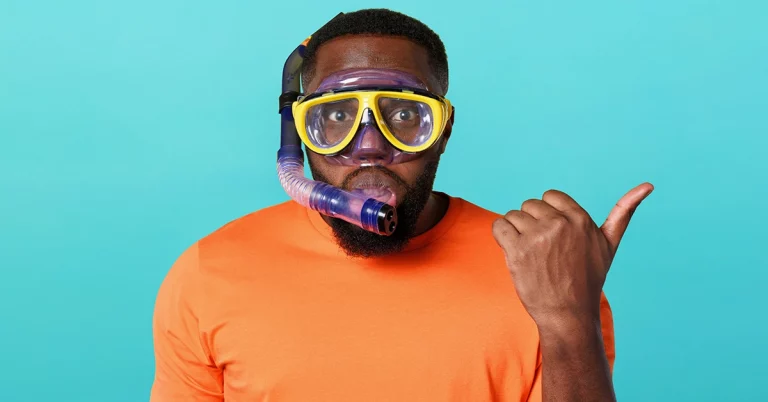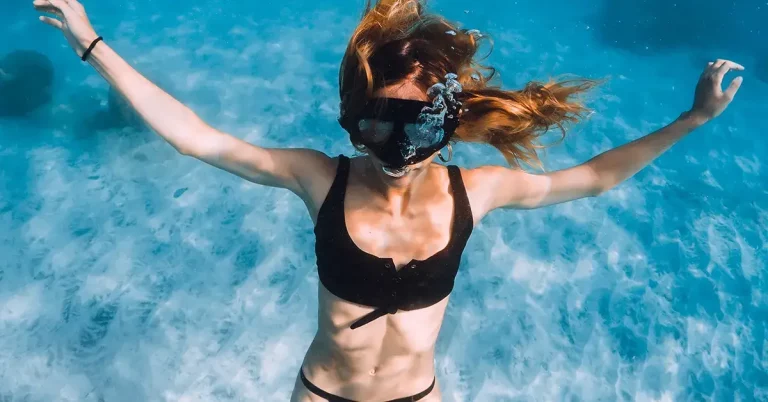Surf, dive, fish, and beyond.
How Deep Can a Human Dive? Deep Diving Explained
Have you ever wondered “How deep can a human dive?” Both experienced divers and curious observers often wonder the maximum …
Water sports, activities, and adventures for the adventurous.
How Long Does It Take To Get Good At Surfing?
If you’re staring longingly at the surfers having fun in the waves while you’re watching from shore, it might get …
Ice Fishing 101: From Beginner Basics to Hard Water Pro
I love ice fishing, and I love sharing about it. However, it’s not something to do without knowledge and preparation. …
5 Best Crab Traps: Get More Crabs in Your Pot!
There is something magical about catching crabs. Dropping a trap in the salty ocean – then pulling it up with …
9 Major Muscles Used While Kayaking
Jumping into a kayak is not only one of the most enjoyable and relaxing outdoor activities – it’s also great …
Inflatable SUP Boards (2022)
Interested in getting in on one of the hottest growing sports across the globe? Stand up paddleboarding (SUP for short) …
6 Best Beach Carts and Wagons for Sand (2023)
Heading out for a day of fun in the sun with family or friends at the beach? Everyone loves the …
Why we're here.
Our goal is to create useful and relevant information, guides and reviews as well as foster a community of like-minded outdoors enthusiasts. Hopefully, you’ll come along for the ride!
More to Explore
Best Fishing Knot Tying Tools: Thread, Cinch & Cut Line with Ease!
If you’ve ever tried tying a fishing knot on a rocky boat, then you’ll know how challenging it can be. …
How to Measure For a Snorkel Mask [Get the Right Fit]
Snorkeling is a great way to explore underwater worlds without the training and equipment required for Scuba diving. But do …
Freediving Masks: Increase Comfort & Visibility for Deeper Diving
At one point in time, we’ve all had to deal with foggy, leaky or poor-fitting dive masks – they can …



